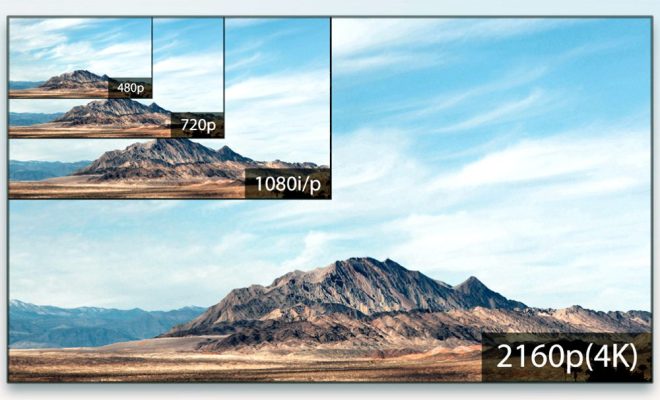What Is 4K Resolution? Overview and Perspective of Ultra HD

4K resolution, also known as Ultra High Definition (UHD), is a display resolution of around 4,000 pixels horizontally. This resolution provides a highly detailed and sharp image that is four times the resolution of Full HD, which is a resolution of 1080p.
With the release of many 4K displays, including televisions, computer monitors, and projectors, this technology is becoming increasingly popular. In addition to higher resolution, 4K also offers a wider color gamut, providing richer colors and greater detail, giving viewers the feeling of looking through a window into a real-world scene.
One of the benefits of 4K resolution is that it enables larger screen sizes without sacrificing clarity or detail. For instance, a 65-inch 4K television can provide a much sharper and more detailed image than a 65-inch Full HD television.
In addition, many content creators are now utilizing 4K resolution to produce more detailed and immersive media, including movies, TV shows, and video games. Streaming platforms like Netflix and Amazon Prime Video offer numerous 4K titles and are rapidly increasing their 4K video libraries.
One thing to keep in mind when considering a 4K display is that while many newer devices support 4K, not all content is in 4K. In fact, some content may not even be available to stream in 1080p, let alone 4K. However, as the technology becomes more popular, the amount of 4K content available is sure to continue growing.
In conclusion, 4K resolution provides a strikingly detailed and immersive viewing experience that will only become more popular and accessible in the years to come. As content creators continue to utilize 4K technology, viewers can expect to enjoy increasingly detailed and realistic media. So, it may be worth considering upgrading to a 4K display for those who want to enjoy the best possible visual experience for their favorite entertainment.






